
11

Hole io

Hole Fire

Hole.io 2

Baseball Bros io

1v1.lol

Narrow One
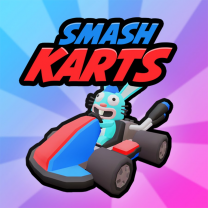
Smash Karts

Venge IO
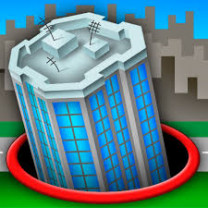
Hole io WebGL

Krunker io
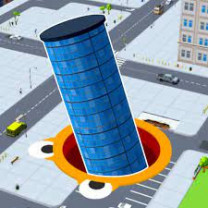
Hole io Unblocked

Hole Master

Black Hole Bullet
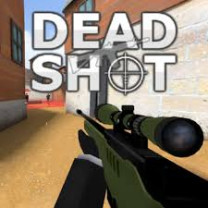
DeadShot io
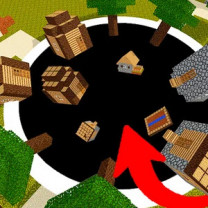
Mine: Attack Of The Hole
Both Hole Run 3D and Hole io are casual mobile games that revolve around the concept of controlling a hole to interact with the environment, but they diverge significantly in their gameplay mechanics, objectives, and overall experience. Below is a detailed comparison of their similarities and differences.
While Hole Run 3D and Hole io share the concept of controlling a hole and a casual mobile-friendly design, they cater to different player experiences. Hole Run 3D is a solo, level-based game focused on precision and obstacle-clearing, whereas Hole.io is a chaotic, competitive game about growth and domination in an open arena. If you prefer a structured challenge with clear goals, Hole Run 3D might be your pick; if you enjoy freeform competition and the thrill of consuming everything in sight, Hole.io delivers that in spades. Both games have their charm, but they scratch very different itches in the casual gaming space.